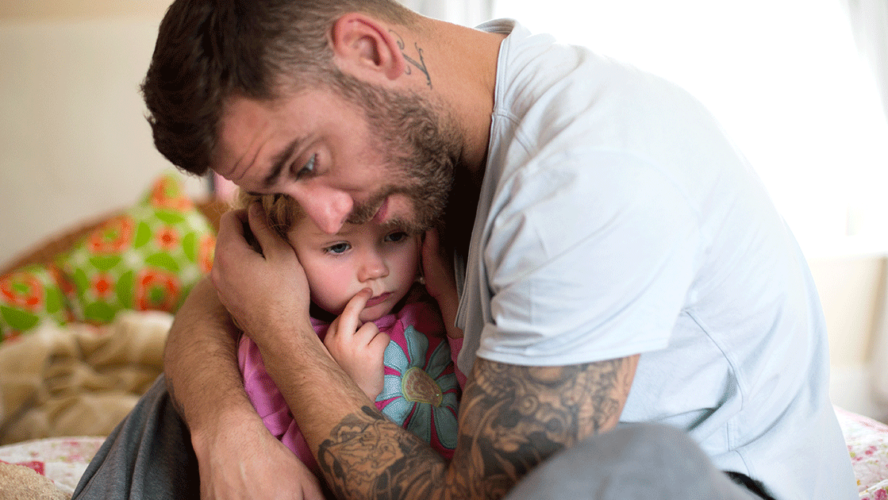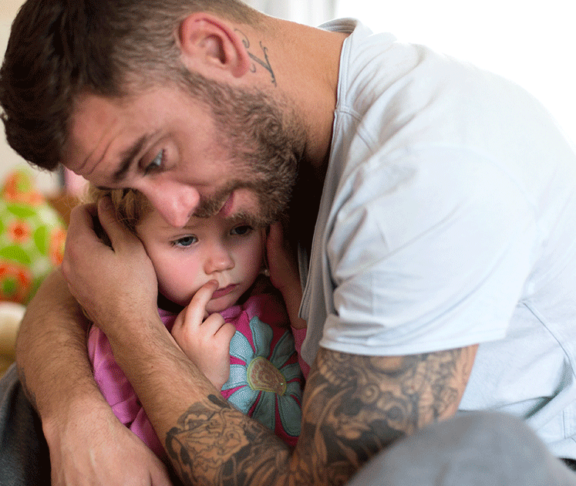Grief is a normal and appropriate response to loss. Bereavement is specific to the death of someone in our life. When we grieve the loss of someone it can affect us emotionally, physically, cognitively, and spiritually.
Children grieve the loss of a loved one differently than adults because they do not have the emotional vocabulary to express their feelings. Grief often comes out in the child’s behavior.
At The Children’s Grief Foundation of Canada, we are on a mission to help these children. We are a non-profit charitable organization that raises funds to distribute to Canadian registered charities that support children’s bereavement. We help to reduce financial barriers by providing funds to help develop or expand programs that support grieving children and their families.
We have put together some tips and resources to help you support children who are grieving.
The Five C’s – What Children Worry About
There are 5 C’s to help us remember what children often worry about: Did I Cause it, can I Catch it, why couldn’t I Control it or Cure it, who will take Care of me now? Children need our time and attention to wonder out loud and work through these worries. By addressing these five C’s, we can help children to feel more secure and process their grief in healthy ways.
Recognize & Support Normal Signs of Grief
Children grieve in chunks, grief bursts. They may experience a tummy ache, headaches, interrupted sleep, anger, lack of confidence, difficulty concentrating, repetitively ask questions, need more affection, or there may be changes in their school performance. Your child may also engage in death play by pretending they are dying. These are normal grieving behaviors.
It is important to be flexible and allow children to express these behaviors in a supportive space. Identify a person the child can go to for support if you are not available. Respect your child’s privacy, how do they want the death communicated to others such as classmates? Gently help the child differentiate between feelings and behaviors. Reinforce that all feelings are okay. Communicate with caregivers, teachers and others who are significant in your child’s life. Talk less and listen more.
Be Honest and Open (and Age Appropriate)
Children need us to be honest with them about how their loved one died. Children will often make up stories to be able to take some control of the narrative. Be honest and be open to their cognitive understanding level. We don’t need to frighten them with details but what they are imagining is often worse than the truth.
Include Children in Ritual
Children should be included, but not forced to attend the memorial, and funeral ceremonies. Prepare them so they know what to expect and allow them to share their thoughts and feelings by writing letters or poems and drawing pictures, to be placed in the casket with their loved one. Children can put together a photo album to help them honour and remember the special moments and memories. Memories warm our hearts and can soothe a grieving heart. Creative activities such as these, will help your child express their thoughts and emotions.
Reading Together Can Help
Reading together with grieving children is another helpful activity. We suggest, “The Invisible String” by Patrice Karst, and “Grief on the Playground” by Shanice McLeish. Your local library and bookstore can help you to find children’s books about grief and loss. A favourite book can be read again and again.
Signs that More Support is Needed
Sometimes symptoms go beyond a reasonable period of time and may affect your child’s development. More support is needed if physical symptoms persist without an organic cause, your child continues to deny the death, there are ongoing disturbances in sleep or eating, or your child expresses self harm or suicide. Asking for help is courageous. We are all in this together. Reach out for support if you and your family are grieving.
To learn more visit childrensgrieffoundation.org.


